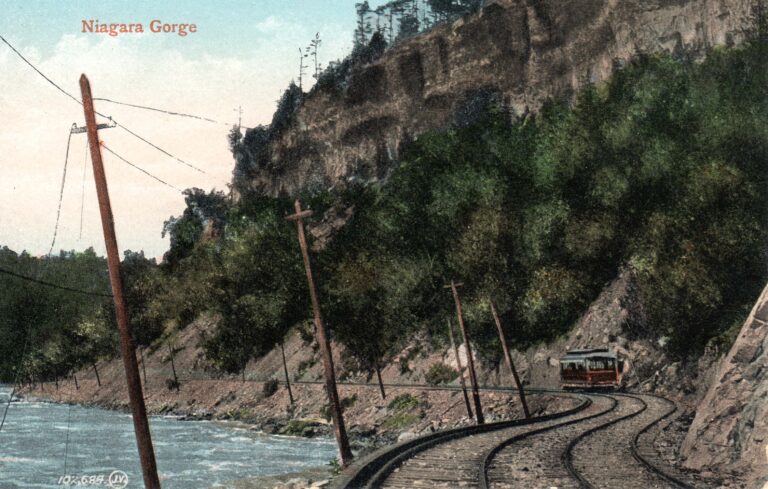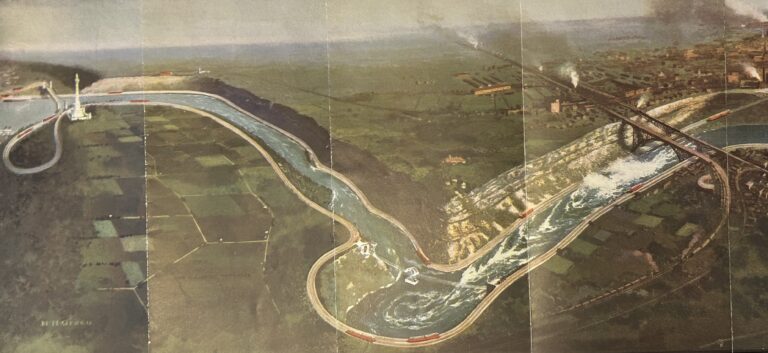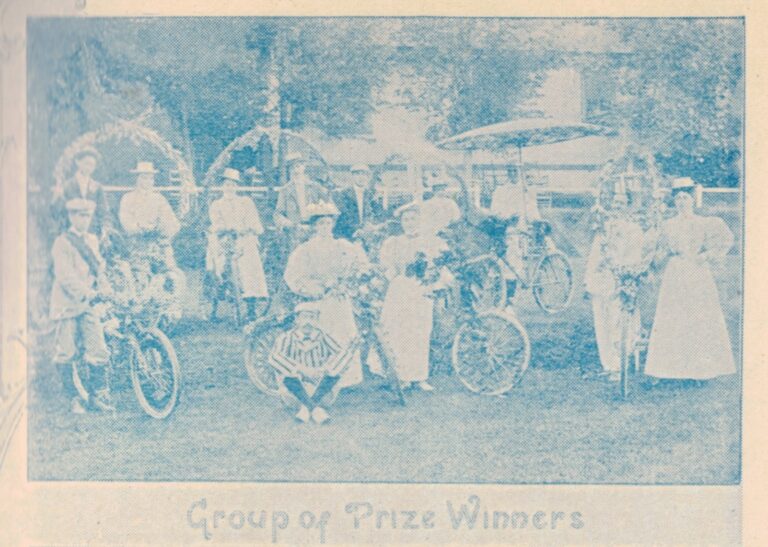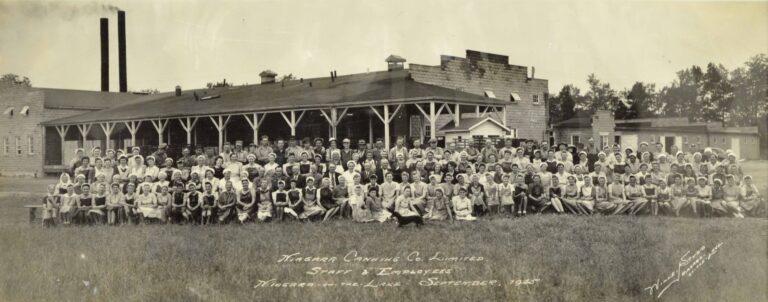
Exploring History: Post office interior, circa 1920
This week’s Exploring History is a photograph of the interior of the post office that was located in the Rowley Block at 27 Queen St. in the Old Town area of Niagara-on-the-Lake, featuring Joseph Healey, the postmaster from 1904 to 1930.



























